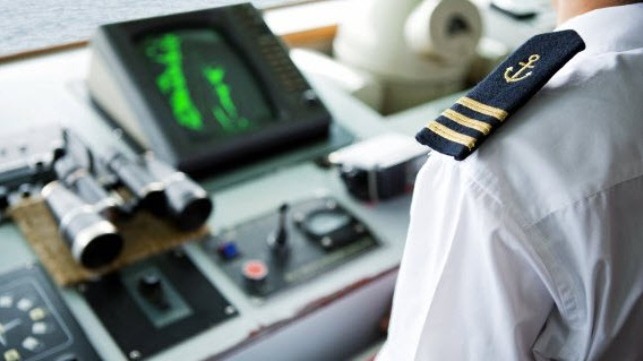Potential for Serious Shortage of Officers by 2026

The global shipping industry is facing a potentially serious shortage of officers by 2026 according to a five-year assessment contained in a new report from BIMCO and the International Chamber of Shipping. The trade group and union predicted that with continued industry growth there will be a need for nearly 90,000 officers by 2026 required to operate the world’s merchant fleet. The organizations are calling for a significant increase in recruiting and training both to address the current shortfall and the projected long-term need for officers.
The new Seafarer Workforce Report from BIMCO and the ICS explores both the current status of employment, issues such as turnover, and the aging of the seafarer population, and projections for the likely supply and demand situations over the next five years. It also looks at the progress that the once male-dominated shipping industry is making on issues including diversity. It is an update to the former Manpower Report that profiled the industry in 2015.
The report estimates that there are currently 1.89 million seafarers in the world merchant fleet, operating over 74,000 vessels. Although there has been a 10.8 percent increase in the supply of officers since 2015, the report indicates that there is currently a shortfall of 26,240 officers that will increase in the coming years. They believe that demand is currently outpacing supply possibly in part due to the need for more officers aboard each vessel.
Further, while the industry has addressed some current shortfalls by reducing the turnover rate in the past five years, bring it down two percentage points to six percent, it also points to a potential underlying concern of the aging of the officer popular. The report says that the number of years served at sea is increasing, while also noting that the average age of officers serving at the management and operational levels has increased since 2015.
“To meet the future demand for seafarers it is vital that the industry actively promotes careers at sea and enhances maritime education and training worldwide, with a focus on the diverse skills needed for a greener and more digitally connected industry,” said Guy Platten, Secretary General of the International Chamber of Shipping. “We will need to address the real concerns that we could see seafarers turning away from careers in shipping. We must analyze and respond to trends in seafarer retention, and continue regular monitoring of the global seafarer workforce.”
Among the categories that are already experiencing the most acute shortages, the report points to officers with technical experience combined with management skills. In the tanker and offshore sectors, they also report a shortage of management-level deck officers.
The latest statistics also show a positive trend in gender balance, with an estimated 24,059 women serving as seafarers, representing a 45.8 percent increase compared with 2015. The percentage of female certified seafarers is estimated to be 1.28 percent of the global seafarer workforce, and it appears that there has been a significant rise in the number of female STCW certified ratings compared to STCW certified female officers. Female ratings however are found predominantly in the cruise ship and passenger ferry sectors, but female officer numbers are spread more evenly across the sectors.
This new report echoes similar warnings released in June 2021 by the global shipping consultancy Drewry. Citing the pandemic and its impact on the attractiveness of careers at sea, the analysts forecasted as the industry continues to grow, by 2026 shipping will face its largest shortage of officers in more than a decade. They also foresaw implications for both hiring and future manning costs.
